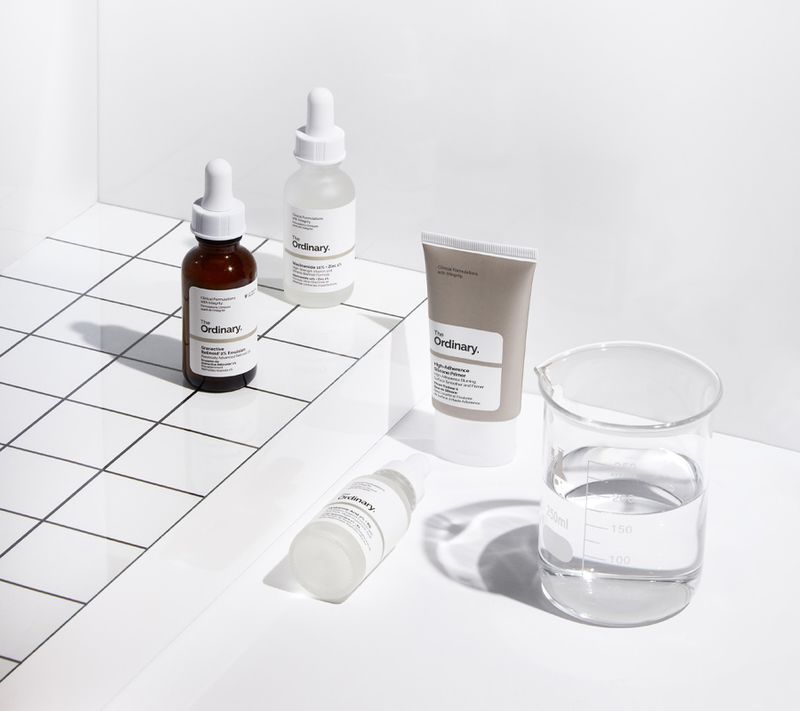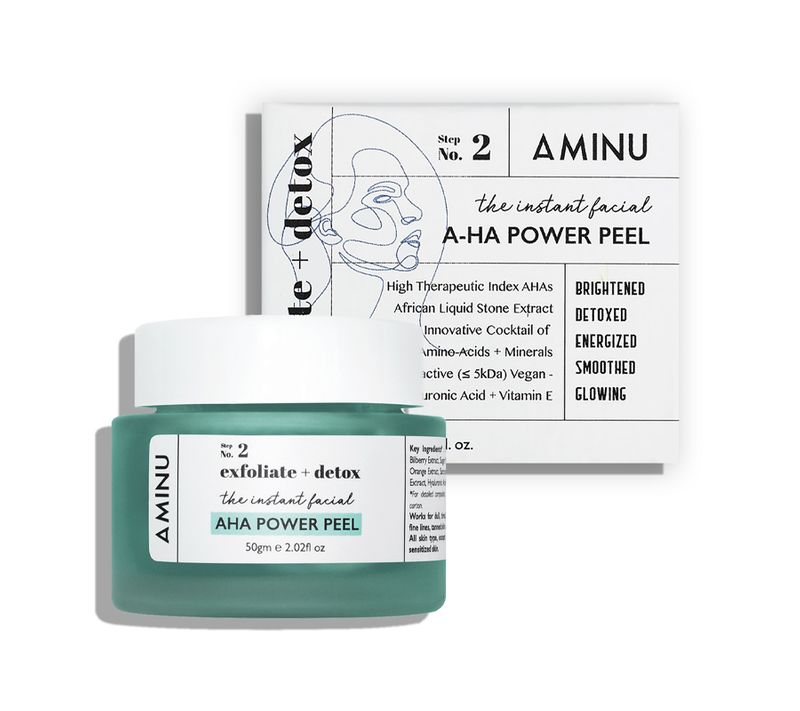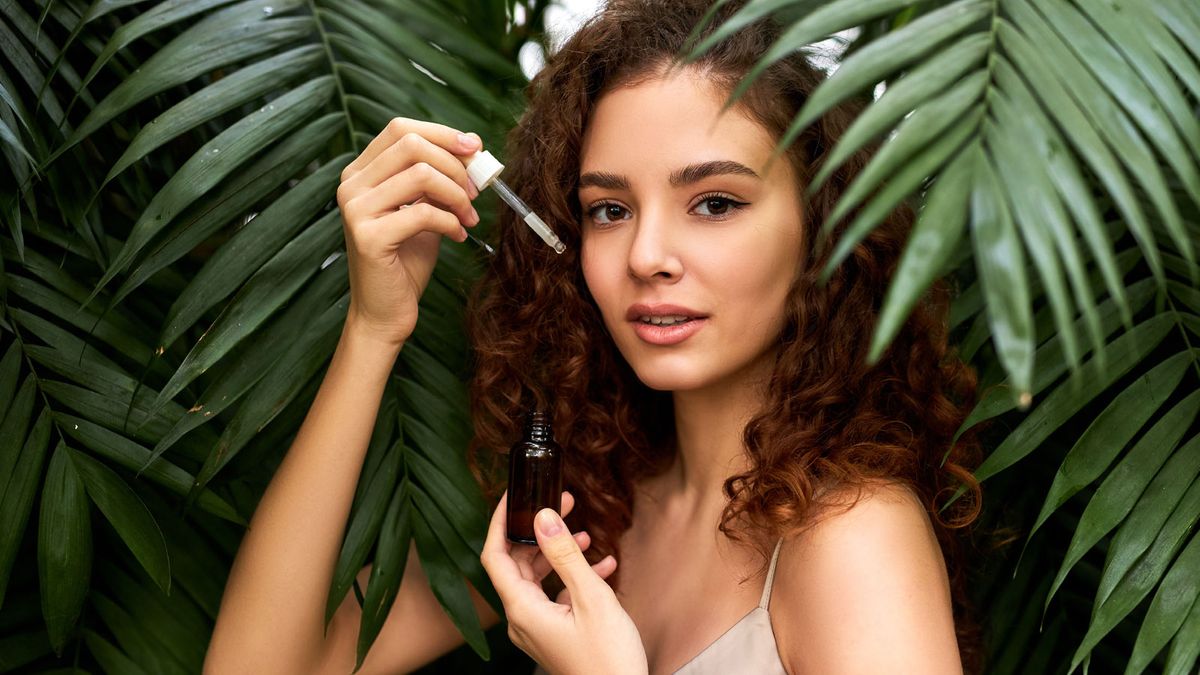If you are a beauty enthusiast who likes to follow the latest beauty trends and take time for self-care, actives must already be part of your routine. You would know how to pair them, and most importantly, when not to use them. With the rising popularity of 'science-backed' beauty brands such as The Ordinary, 111 Skin, Paula's Choice, Dr Barbara Sturm, Drunken Elephant, Dr Sheths, Neemli Naturals, Juicy Chemistry, Aminu, and Daughter Earth closer home—just using DIY kitchen solutions with familiar ingredients is currently on the back burner for most of us. One is ready to swap a slow and steady approach for a fast and furious method for skincare, as you are promised visible gains in a shorter time span. Conscious beauty users (perhaps) are spending more time reading labels and deciphering the character of high-performing chemicals than they ever did in their high school chemistry classes.

This article is for those who have heard of all the glow-friendly ingredients such as niacinamide, vitamin C, hyaluronic acid, retinol, AHAs, and BHAs—but need hand holding to create the perfect skincare routine. I am not a science student, so I look at every ingredient with a lot of curiosity and perhaps with the eyes of a five-year-old. I am here to learn, with no judgments! So let’s get started…
What are actives in skincare?

To understand what are actives, we need to understand what goes into making a skincare product. "A skincare product consists of a base, additives, and actives. Base ingredients could be water-based or oil-based, act as a carrier and deliver the actives to the right location. In most cases, bases form more than 85 per cent of the product. Then comes the additives responsible for making the products stable, increasing the shelf life, and making the product sensorially pleasing," explains Prachi Bhandari, cosmetologist and co-founder of Aminu, a high-performing skincare line. And finally, the hero of the product are actives—the critical ingredients that work to repair, rejuvenate, exfoliate, hydrate, protect, and nourish cells. They can make or break the efficacy of serums, masks, moisturizers, and other topical treatments. Some examples of actives popular in skincare are retinol, hyaluronic acid, vitamins C, copper peptide, and floral waters. "Think of actives as the playing XI in a team and the other two categories as the support or administrative staff," adds Bhandari.
Who needs actives in skincare?
It turns out that all of us can benefit from actives, but not all of them simultaneously. You need a skincare routine high in actives if your skin is problematic, and treating the concerns is a high priority for you. So much so that you're willing to make other adjustments to your skincare routine if your actives call for it.
The current generation of gentle actives has moved beyond corrective and even into preventive roles. According to Bhandari, anyone exposed to the dehydrating effects of sun exposure needs active ingredients to avoid developing sun-induced skin conditions that could lead to sensitivity and pigmentation even at a young age. "Teens need them to control blockages caused by excess sebum that can lead to acne. Those with ageing skin need potent active ingredients to maintain plump and youthful-looking skin. People with pigmentation need actives to normalize melanin production. The hack to get it right is simple: know your skin first,” she suggests.

Bhaskara Seth, the co-founder of Neemli Naturals, agrees—adding: "Understanding your skin and concerns is the first step. Identifying the formulations is the second step, and then it is about figuring how to get the best of actives by incorporating them slowly, but surely in combinations that work." Typically, suppose you have oily, acne-prone skin. In that case, salicylic acid should be your go-to active in cleansers, while you need to include niacinamide in serums to repair the damage and blemishes created by breakouts.
What are the best ways to include actives in your skincare routine?

A general rule of thumb while incorporating an active in your skincare routine (depending on what form it comes in—creams, serums etc), is to go from the thinnest to thickest in terms of consistency.
“Investing in acid toner or peel pads and a vitamin C serum is a fantastic start to include actives because of their thinner consistencies,” advises celebrity aesthetic doctor, widely renowned for holistic skincare and her non-surgical anti-aging skin treatments. “Vitamin A, hyaluronic acid, and most oils are examples of actives with a higher pH. If you decide to layer based on pH, this should be done later in a routine. When pinched, unhealthy skin may not bounce back but instead may tent up in a wrinkled appearance. It may also appear red, inflammatory, or irritated. Or perhaps you're just having trouble with breakouts. If so, soothe the irritation using anti-inflammatory and soothing substances, such as niacinamide, aloe vera, green tea, or cica—to name just four,” adds Dr Gupta. Everyone’s skincare goals are different, and you don’t need all the active ingredients in your routine at once.

The magic trick is to start one at a time. Seth suggests for pro results, evaluate your skin type and concern, pick an active that targets that concern, do a patch test, and then start using it 2-3 times a week, gradually building up to daily use. “Generally, we don't advise using more than three actives for your skin at one time—this may cause irritation and you won't know which products are actually working for you,” he adds.
What’s the best time to use actives?

Generally, use vitamin-based actives during the day and AHA and BHAs at night. Understand which actives work well with our circadian rhythm, says Prasanthy Gurugubelli, clean beauty formulator and founder of Daughter Earth. “When you are asleep, your skin starts repairing and healing itself, and giving support to it with the actives that work with the body’s rhythm is a good idea. For example, Vitamin C works great during the day and at night, but it’s best for the night. Same with bakuchiol, retinol, and botanicals like ashwagandha and saffron etc. Some actives might be photo-sensitive, like vitamin C and saffron etc, so it’s best to use them at night,” she says. To sum up, actives for rejuvenating and reparative benefits are best used as a part of the PM skincare routine, while you should use those actives in the morning that target skin management and preventive care.

When should we avoid actives in skincare?
While it is natural to nurse a FOMO if actives are missing from your skincare shelf, you can guilt-free avoid them if you know that your skin is extremely sensitive. In this case, instead of chasing glow and firmness, first, work to strengthen your skin from within.
“If you don’t have any particular skin problems to treat or your skin problems could be solved with some healthy skin habits like cleansing your face regularly with a pH-balanced cleanser, moisturizing regularly to keep your skin hydrated, and wearing sunscreen for protection and prevention—you can go easy on the actives too,” says Bhandari.
Last but not the least, when using actives, always remember to use a good broad-spectrum sunscreen in the daytime since your skin can become more sensitive.




